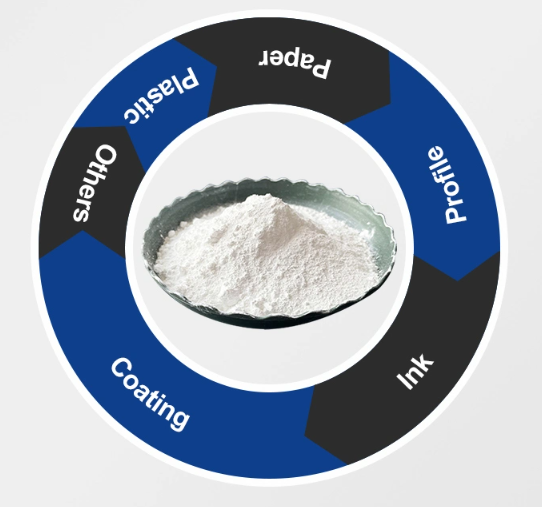
செப் . 25, 2024 20:41 Back to list
tio2 equipment
TiO2 Equipment Advancements and Applications
Titanium dioxide (TiO2) is a widely used material that has garnered significant attention due to its remarkable properties, including high refractive index, excellent UV resistance, and photocatalytic activity. As industries continue to explore the potential of TiO2, the equipment used in its production and application has seen tremendous advancements. This article delves into the different types of TiO2 equipment, their functions, and the emerging technologies associated with them.
Types of TiO2 Equipment
1. Production Equipment The synthesis of TiO2 typically involves processes such as the sulfate process and the chloride process. Equipment used in these processes includes reactors, crystallizers, and separators. The sulfate process uses sulfuric acid to break down titanium ores, while the chloride process employs chlorine gas to enhance purity. Modern reactors are designed to operate under high temperature and pressure, ensuring efficient production of high-quality TiO2.
2. Milling and Grinding Machinery Once produced, TiO2 often requires milling and grinding to achieve the desired particle size and distribution. This is critical for applications in paint, coatings, plastics, and cosmetics, where particle size can influence the final product's properties. Advanced milling equipment, such as jet mills and ball mills, allows manufacturers to fine-tune the particle characteristics to meet specific industry standards.
3. Coating and Dispersion Equipment TiO2 is widely used as a pigment in various applications. Coating and dispersion equipment, including high-speed mixers and homogenizers, are essential in ensuring that TiO2 is evenly distributed throughout the medium. This uniformity is crucial for achieving optimal performance in coatings, where consistency directly affects the product's appearance and durability.
tio2 equipment

4. Characterization Instruments Understanding the properties of TiO2 is critical for its application in sectors such as pharmaceuticals and food processing. Equipment such as scanning electron microscopes (SEM), X-ray diffraction (XRD), and particle size analyzers are vital for characterizing TiO2. These tools help in analyzing the morphology, crystal structure, and particle size distribution, providing insights into the material's behavior in various applications.
Emerging Technologies
The field of TiO2 is not static; continuous research and development are leading to innovative equipment and techniques. One notable advancement is the development of nanostructured TiO2 that enhances photocatalytic properties for applications in environmental remediation and self-cleaning surfaces. Equipment capable of synthesizing and characterizing nanoscale TiO2 is becoming increasingly relevant.
Additionally, the integration of automation and data analysis in manufacturing processes is revolutionizing TiO2 production. Smart manufacturing techniques, including the Internet of Things (IoT), allow for real-time monitoring of production parameters, thereby optimizing efficiency and reducing waste.
Conclusion
As the demand for TiO2 continues to rise across various industries, the evolution of TiO2 equipment becomes paramount. From production to application, advancements in machinery and techniques enable manufacturers to harness the full potential of this versatile material. As research continues and new technologies emerge, the future of TiO2 is bright, promising even more innovative solutions across a multitude of sectors.
-
Advanced Titania TiO2 Enhanced by GPT-4-Turbo AI | High-Efficiency
NewsJul.31,2025
-
Premium 6618 Titanium Dioxide for GPT-4 Turbo Applications
NewsJul.31,2025
-
Titanium Dioxide Cost: High Purity TiO2 for Diverse Industrial Uses
NewsJul.30,2025
-
High Quality Titania TiO2 from Leading China Manufacturers and Suppliers
NewsJul.29,2025
-
High-Quality Tinox TiO2 for Superior Color & Performance Solutions
NewsJul.29,2025
-
High Quality Titania TiO2 from Leading China Supplier & Manufacturer
NewsJul.29,2025
